Barberry: description, types, planting and care features
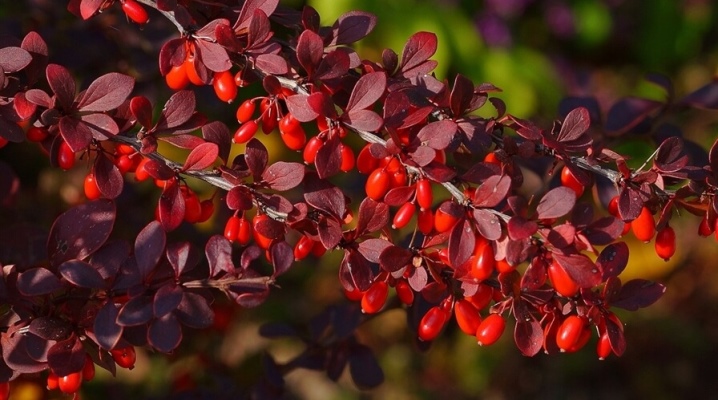
Barberry represents the barberry family and can be either a tree or a shrub. Translated from Arabic, the name means "in the form of a shell." This plant is especially common in mountainous areas of northern latitudes. The genus includes about 170 different natural varieties, some of which are successfully grown by gardeners at home.
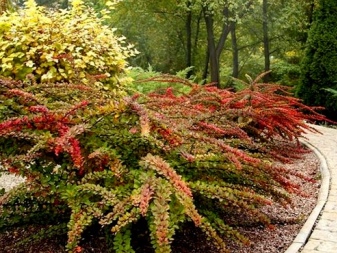
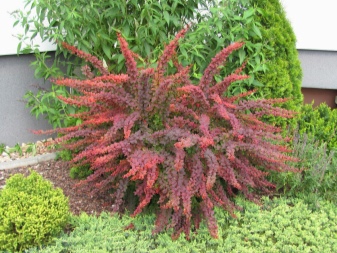
Description
A distinctive feature of barberry is its fruit. They are presented in the form of berries, which in some cases are edible. Besides, it is impossible not to note the high decorativeness of these thorny bushes, so they are a real boon for landscape designers. Dwarf varieties are especially popular with them, which are small in size and have a moderate growth rate.
Barberry does not need any special care. It is drought-resistant and frost-resistant. Reproduction is also straightforward.
The plant takes root very well in a new place, it does not need to be constantly fed and treated for something.
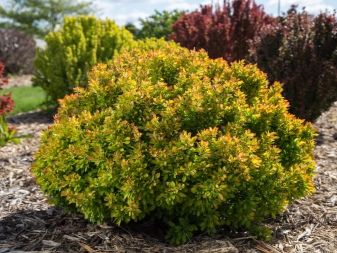
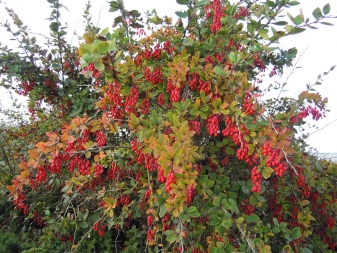
Some people call the garden barberry a candy bush. Outwardly, the berries really look like caramels of the same name, produced since Soviet times. Some species have an evergreen crown, others are deciduous or only partially falling. The leaves are arranged in bunches. Thin branches are covered with spines pointing upwards.
The height of the barberry can reach from 30 centimeters to 3 meters. Tall specimens in adulthood have a spreading crown in the form of a ball or column. It grows rather quickly and is capable of reaching the age of 40-50 years.
As for flowering, shrubs and trees look especially attractive during this period. The process continues for 2-3 weeks, during which the plant is strewn with flowers of all kinds of shades. By September, berries appear. They are oval-shaped and burgundy, red or black. The berries can be on the branches for a long time, even in winter, giving the garden a spectacular look.

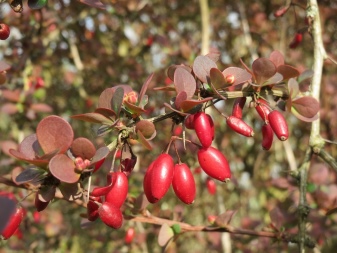
A number of species are called honey plants by experts. It is worth noting the delicate sweetness and golden hue of the delicious and aromatic honey obtained from the barberry flowers.
Shrubs are not found in the latitudes of the permafrost, but they feel great in the northern regions. In gardens and plots, it is most often grown for cultural and decorative purposes. Barberry is very popular in Europe, the Far Eastern regions, in the north of the USA, in the Crimea and Siberia, as well as in Central Asia, Japan and China. He is calm about temperature extremes and is able to endure even severe frosts or hot weather. However, some varieties require insulation in the winter.
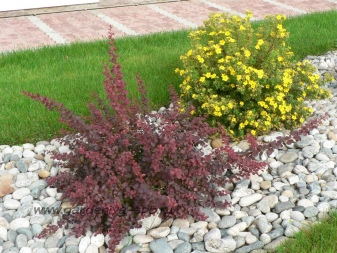

Types and varieties
This genus combines about 600 species of all kinds of plants. Most of them are grown for decorative purposes. There are both huge and dwarf specimens.
Species, in turn, are divided into varieties. They can be edible and inedible, grown for aesthetic or pharmacological purposes. Consider the most popular among the residents of our country.
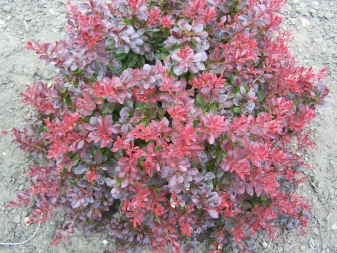
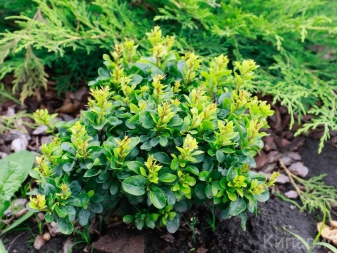
Ordinary
This variety can be called the main one. The bushes are capable of reaching a height of 3 meters. The color of the branches is brownish-gray, all of them are covered with large thorns. The leaves are very thin and elliptical, with a serrate edging.
The color on the front side is darker than the color on the back side.

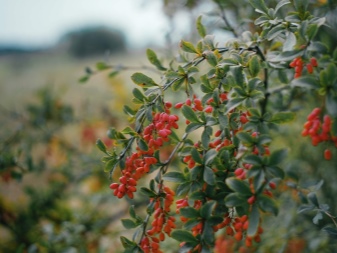
Inflorescences of this species are collected in brushes, having a size of about 6 centimeters. Flowers of a predominantly yellow shade cover the bush for 2-3 weeks, after which bright red berries up to 15 millimeters long appear.
This species is presented in many varieties. They differ in shades of leaves, for example, in the almost meter high Atropurpurea, they are red or with a purple tint. Some may have a golden border. There are also seedless forms that are very convenient for fruit processing.
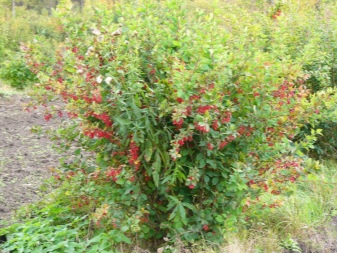

Thunberg
This variety can be called the most spectacular, it has pronounced decorative qualities. The pyramidal barberry, Kornik, Summer Sunset and Pink Queen are especially popular among gardeners. For example, the last of the listed varieties has multicolored clear white, pink and gray blotches on a purple background.
The height of the shrub ranges from 50 to 100 centimeters. The branches are spread horizontally and are bright red or pale yellowish in color. As the plant grows, the stems turn brown or acquire a purple tint. The length of the spines is about a centimeter.
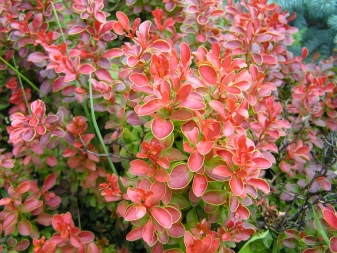
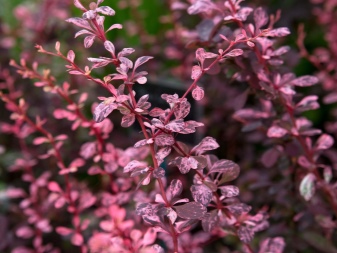
Leaves are oblong or inverted ovoid. Their maximum length can be equal to 30 millimeters. On the front side, they are bright green, on the inside, they have a bluish tint. In autumn, the greens become deep red.
Flowers grow both singly and in bunches. Inside, the buds are yellow, and outside are red. They bloom for up to two weeks, after which coral-red bright berries 1 centimeter long are formed on the bush. Ripening occurs in early autumn, after which the fruits adorn the plant for several months.
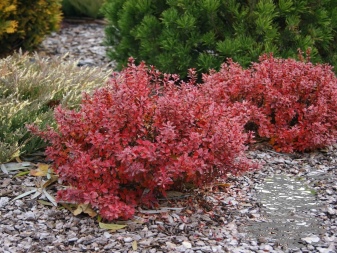
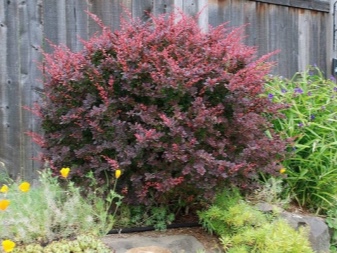
Ottawa
This species is decorative and can rightfully be considered the most striking and beautiful representative of the barberry genus. It is quite tall - from 1.5 to 2 meters. The bush looks somewhat like a Thunberg barberry, if not for the color of the leaves. They have a purple tint and look more like common barberry. In the sun, the leaf plates, in general, can appear almost black.
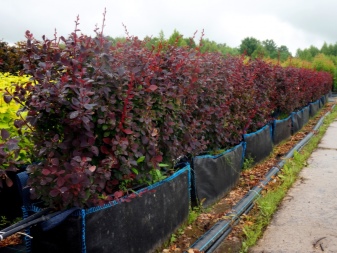
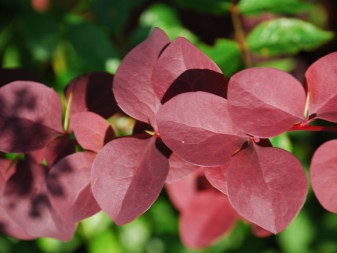
In the fall, the foliage begins to give off crimson. It stays on the plant for a long time, even before the onset of cold weather. Ottawa barberry can be considered frost-resistant. He is rapidly gaining growth, while being unpretentious in care.
The most famous cultivar can be called Auricoma. Its height is 2-2.5 meters, and the leaves are 15 centimeters long. In summer, the foliage is a rich red hue, in autumn it becomes almost orange. Red-yellow flowers are collected in small clusters of 5-6 centimeters.
In the fall, bright red glossy berries appear on the plant, similar to candy canes.
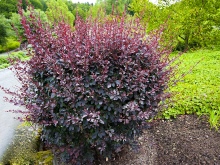
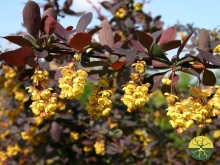

Amurskiy
In the wild, this species can be found in the territories of Japan and China. In our country, it grows in the Far East. The height of trees can be 2-3.5 meters. They have a spreading, but not too dense crown. Yellow buds.
This type can be called medicinal. Its berries are great for making special tinctures and can also be eaten. The bark is used in mosaic finishes.
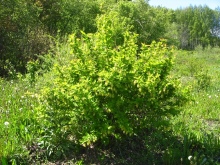
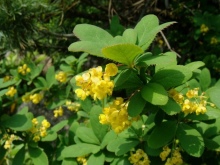
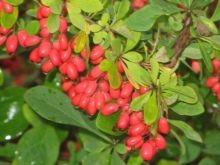
Canadian
This shrub has a spreading crown with dense foliage of bright color. It can be dark purple or deep crimson. On the territory of our country, it grows mainly in the Urals and Siberia, however, it cannot be called common. Differs in increased frost resistance.
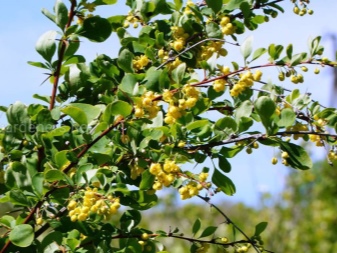
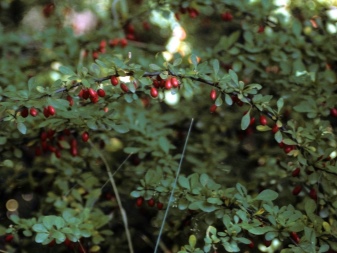
Other
There are a huge number of varieties of barberry. They differ most often in the color of the leaf plates and buds. For example, gardeners do not disregard the large-prickly, provincial, Korean and Siberian varieties. Transparent and large-fruited look interesting. And other types of barberry are also popular: Beana, Morrison, Juliana.

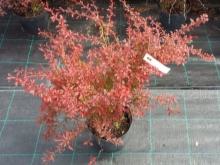
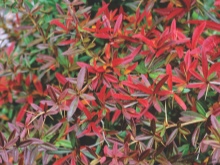
Landing features
As for this procedure, it is required to plant seedlings in the spring, after the soil has completely thawed and before the first buds begin to open. If necessary, you can plant barberry in the fall, at a time of massive leaf fall. The plant on the trunk is grown quite rarely.
As mentioned above, barberry is not demanding in care... A partial shade or an open area located in the sun is suitable for him. The shrub is not afraid of drafts and strong winds. Planting it in the shade is not recommended for the reason that bright leaves with a red and purple tint look very impressive exactly when they are well lit.
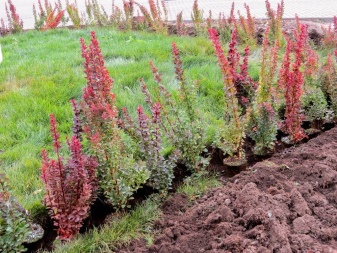
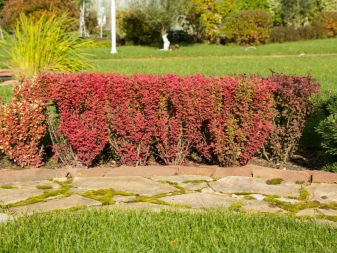
The plant loves neutral soil, however this is not a prerequisite. Excess acid can be neutralized by adding lime.
The landing pattern is pretty simple. Preparation begins in advance, the soil is fertilized a few months before the procedure, as well as immediately before it. Superphosphate, wood ash and slaked lime are added to the hole in proportions of 1: 2: 4. It also does not hurt to pour humus or mix garden soil with compost.
When planting single bushes, you need to place them at a distance of 1.5-2 meters from each other. If it is planned to create a hedge in the future, 2 bushes are placed per 1 running meter.
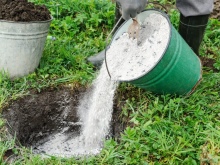
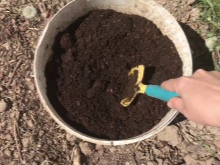
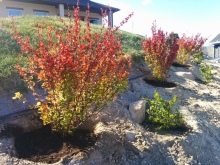
Planting holes are prepared 2-3 weeks before the event. They should measure approximately 40x40 centimeters, and the same depth. The root system will be more comfortable if you pour some sand on the bottom. In case of neutral or moderately acidic soil, it is necessary to abandon the introduction of ash and lime.
A plant is placed in the hole, covered with earth and carefully compacted. After that, it is necessary to water and mulch the trunk circle. You can use humus or peat. Further, the upper part is cut off so that 3-5 buds remain above the surface, which are sufficiently developed.
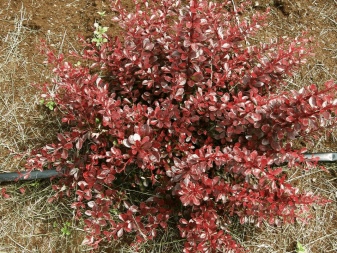
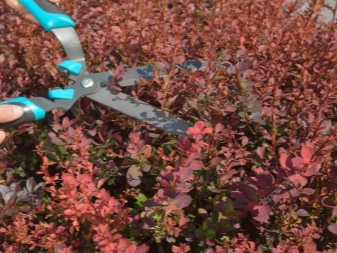
Subtleties of care
Caring for barberry will not be difficult for either experienced gardeners or even beginners. Almost all species and varieties are distinguished by unpretentious care, while there are no differences in agricultural technology. For example, watering and fertilizing the ornamental shrub of Thunberg is necessary in the same way as any tree with berries that can be used for food. Therefore, we will consider the basic recommendations that will be useful to everyone who is going to grow barberry.

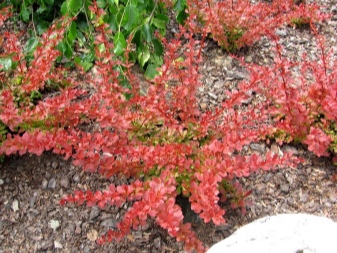
Watering
Watering is a serious stance in the care of any plant. It should be noted that barberry is not moisture-loving. If the summer is not very hot, it will have enough moisture that gets into the ground during precipitation. In dry and warm weather, a couple of waterings per month are enough. Young bushes will need 5-7 liters of water, while for adult specimens, the volume should be doubled. If we are talking about seedlings, before the end of rooting, they will need to be watered once every 4-7 days.
It is very simple to check the need for watering. To do this, you need to slightly dig up the soil from above. If it is dry, the procedure can be performed. There is no need to water wet soil.
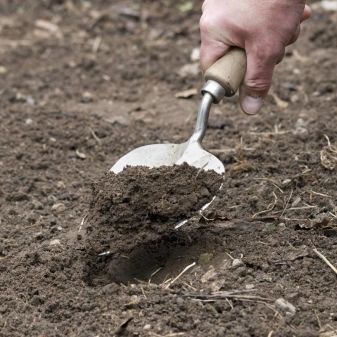
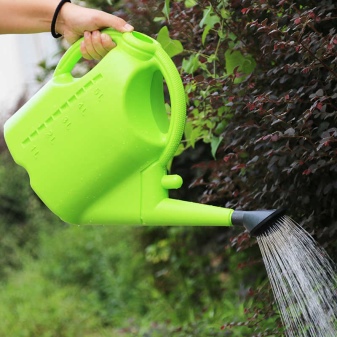
Fertilizer
Fertilizing the plant in the first year of life is required only when planting. There will be enough nutrients until next spring.
In the new season it is necessary to feed the barberry with fertilizers containing nitrogen... The procedure is done once every 4 years. In the case when the gardener plans to collect the berries, after flowering, it will be necessary to dilute potassium and phosphorus and use this composition to process the land.
Experts advise not to give up complex supplements. Kemira Universal is perfect.
The agent is diluted according to the instructions and added to the soil at the very beginning of July.

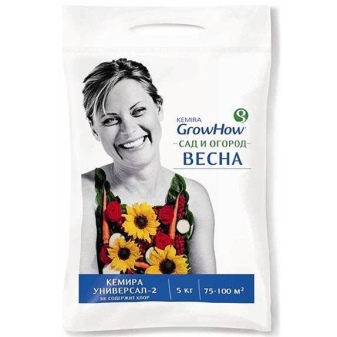
Pruning
As far as pruning is concerned, it is predominantly sanitary. During the event, diseased and dried shoots are removed. And you should also remove those that will contribute to thickening. For undersized varieties, the event is optional.
Ornamental plants are pruned with the arrival of autumn at the age of 1 year. You can remove one or two thirds of the shoot. In the future, pruning is done 2 times a year: with the arrival of summer and at the beginning of August. It will be not only sanitary, but also formative.

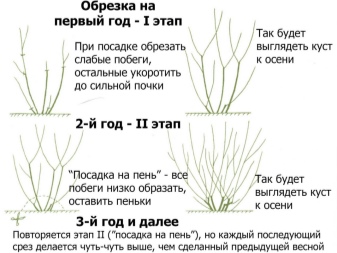
Preparing for winter
Young plants need to be covered for the winter, especially when it comes to regions with a harsh climate. Spruce branches can be used as a shelter. This is especially true for specimens less than 5 years old.
When the bush reaches a decent size, it must first be tied with a strong rope. After that, a metal mesh fence is placed around it just above the plant. Dry leaves are placed inside the structure, and on top it is wrapped with a covering canvas.

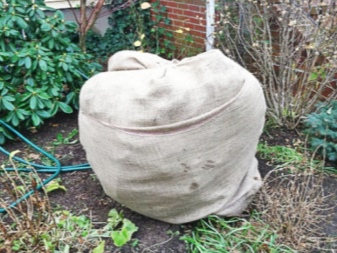
Reproduction methods
Barberry can be propagated in any way. We are talking about seeds, cuttings, dividing the bush and layering. Each gardener can choose an option to their liking. Let's talk about the advantages and disadvantages of each method.
First of all, we will touch on propagation by cuttings. In this case, constant care of the planting material will be required. In order to get cuttings, with the onset of summer, shoots about 20 centimeters in length are cut from the bush. In their lower part, foliage is removed, and phytohormone is applied to the cut itself. The top leaves should be cut in half.
For the cuttings, a container is prepared with a soil mixture consisting of peat, sand and humus. The third part of the trunk must be left above the ground, the rest must be buried. The plantings are watered and covered with polyethylene, but they will need to be ventilated every day. The period of stay in the greenhouse is about 2 years, after which the cuttings can be planted in open ground.
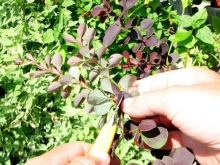
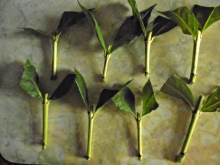

Growers call propagation by layering one of the simplest, effortless ways. Strong and sturdy shoots, located at the bottom of the bush, bend to the ground and are placed in specially prepared drained trenches about half a meter deep. They are securely fixed, sprinkled with soil and mulched, after which they are watered and fertilized on a par with the mother plant. Already a year later, the shoots develop their own root system, they can be cut off and transplanted to a new place.
The next spring, the plant is planted in an area where it will grow constantly.
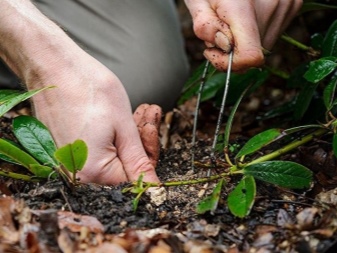
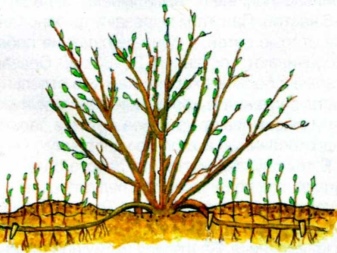
If we talk about seeds, it is worth noting that they have excellent germination. The fruits of the barberry must be collected, washed and dried thoroughly.
For planting seeds, it is necessary to prepare grooves up to 2 centimeters deep in the open field. This is done about a month before the first frosts hit. For the winter period, the bed is covered with spruce branches. The sprouts that appear in the spring are thinned out, the recommended distance between them should be about 5 centimeters.
All summer, the seedlings will need to be looked after, watered and fertilized. At the beginning of the next season, the seedlings will need to be planted in a permanent place. It should be noted that young barberry can differ significantly from the mother plant.
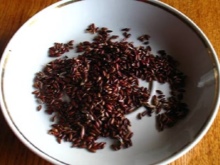
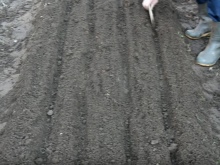
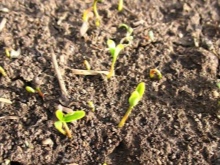
To try dividing a bush, you need to pick up a barberry up to 5 years old. In the spring, before the buds swell, it is dug up, and the root system is cut. Each side must have at least 3-4 shoots. The cut is treated with charcoal, after which the new plant is planted in a permanent area. Next, it must be watered and mulched, as well as the necessary top dressing. This method is only good for dwarf species.

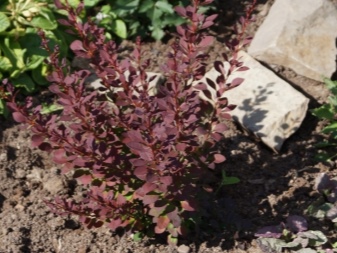
Diseases and pests
Due to diseases and pest attacks, barberry often weakens, sheds leaves and withers. If we talk about insects, the barberry aphid or sawfly, as well as the flower moth are especially unpleasant. Aphids are perfectly affected by treatment with soapy water. You can get rid of other pests by spraying the plant with chlorophos solution.
Barberry is ill quite rarely, but sometimes even it is affected by a fungus. You can successfully fight it.
Powdery mildew is expressed in the appearance of a white bloom on greenery, fruits and stems, which forms again even after wiping. I must say that the fungus is able to perfectly endure the winter, so you need to start fighting it as early as possible. Gardeners recommend treating the bush with a solution of 1% colloidal sulfur.
Particularly severely affected areas are cut and burned, and the sections are carefully processed.
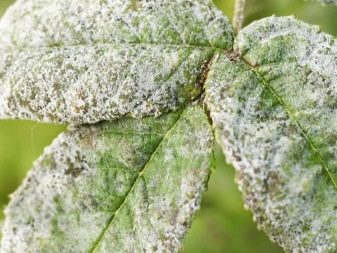
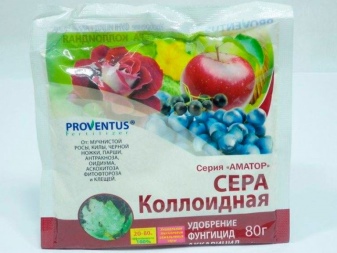
Another nuisance is rust. It is most often seen on plants that are located in close proximity to cereals. Visually, it manifests itself with the help of orange specks on the outside of the leaves, while from the inside they are convex. Over time, the disease progresses, causing the leaves to dry out and fall off. To get rid of the problem, you will need to treat the bush three times with a solution of colloidal sulfur or Bordeaux liquid. The first is done when all the kidneys are opened, the second and third every 3 weeks.
If we are talking about spotting, according to the name, it manifests itself in spots of various shapes, which spoil the appearance of the shrub. For treatment, it is required to treat the plant with a solution of copper oxychloride. The procedure is carried out before and after flowering.


When wilting, the leaves begin to dry from one side, gradually expanding the boundaries. The attack must be seen in time in order to get rid of the infected stems in a timely manner. Treatment with a solution of Bordeaux liquid or copper oxychloride will not interfere. These measures can also be used as preventive measures.
Bacteriosis is expressed in the appearance of cracks and tumors on the bush. The spread of the disease can be prevented by removing the affected areas if they are on top. However, in the case when the disease starts from the bottom, it will invariably take over the entire bush. All diseased branches are also cut off, and after that the barberry is treated with a composition with a high copper content.
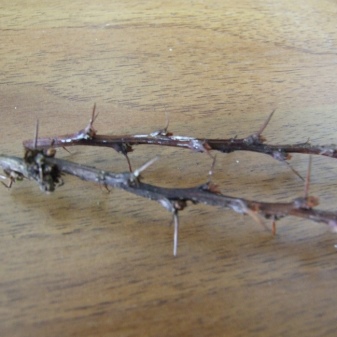
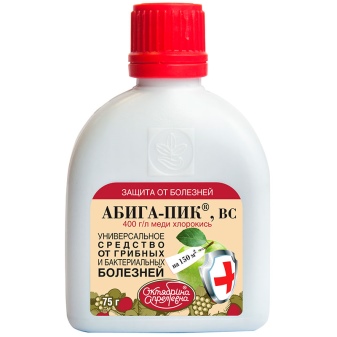
Use in landscape design
I must say that barberry looks very beneficial in the landscape. It can be planted in the country or in a suburban area. The color of foliage and trunks can have different combinations. The crown looks spectacular, the plant can even grow in city flower beds in suitable compositions.
The decorative properties of this plant are presented at any time of the year. Even in winter, bright, candy-like fruits will look good on a white blanket of snow. The thorny shrub goes well with conifers, standing out against their background. Due to the presence of a huge variety of flowers, barberry looks great as a single planting, and in a group planting it can take a central place. Hedges can be from one variety of plants, or from different ones.
They will intertwine beautifully, crossing multi-colored crowns.
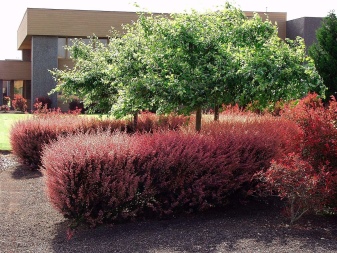
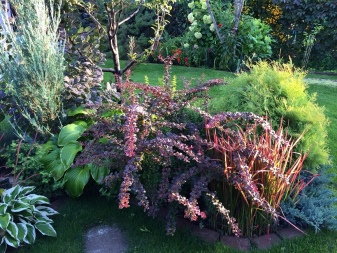
Barberry is also suitable for highlighting garden paths. They can be given a bright accent by planting dwarf plants with a ball-shaped crown near the border. You can form it either by contacting specialists or on your own. This shrub can become a real highlight of the garden, attracting attention and delighting guests.


For more information about barberry, see the next video.






























































The comment was sent successfully.